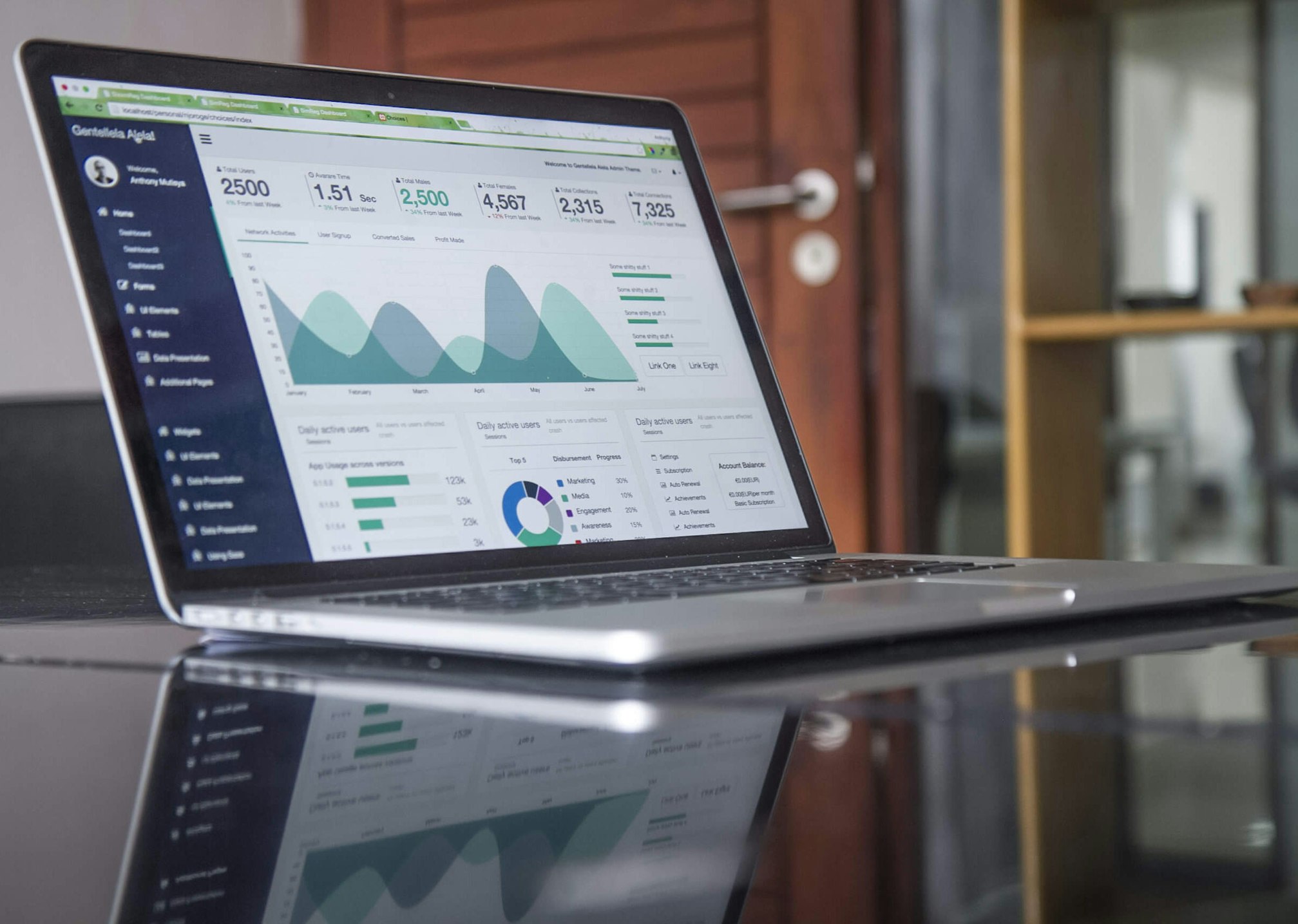In today's rapidly evolving business landscape, small and medium-sized businesses (SMBs) face unique challenges when it comes to leveraging data for strategic decision-making. While enterprise organizations have long benefited from sophisticated analytics tools and dedicated data teams, SMBs have traditionally been left behind—until now.
Key Takeaways
- AI is eliminating the technical barriers that previously limited SMB access to advanced analytics
- Natural language processing allows non-technical users to query data directly
- Automated data preparation reduces the need for specialized data science skills
- Predictive analytics capabilities are now accessible without large data science teams
- AI-powered platforms can proactively surface insights that might otherwise be missed
The Data Challenge for SMBs
For years, meaningful data analytics has been the domain of large enterprises with substantial resources. The barriers to entry for SMBs have been significant:
- Prohibitive costs of enterprise-grade analytics platforms
- Requirement for specialized technical expertise
- Complex implementation and maintenance processes
- Difficulty integrating disparate data sources
- Lengthy time-to-insight that hampers agility
These challenges have created a significant competitive disadvantage for smaller businesses, limiting their ability to make data-driven decisions with the same confidence and speed as their larger counterparts.
The AI Revolution in Data Analytics
Artificial intelligence is fundamentally changing this dynamic. Modern AI-powered analytics platforms are democratizing access to sophisticated data insights through several key innovations:

1. Natural Language Processing
Perhaps the most transformative advancement is the ability for business users to simply ask questions in plain English. Modern AI-powered analytics platforms can interpret these natural language queries and translate them into the complex database operations needed to retrieve answers.
This means marketing managers, operations directors, and other non-technical stakeholders can directly ask questions like "Which products had the highest profit margin last quarter?" or "Show me customer retention rates by region" without needing to learn SQL or rely on data analysts.
2. Automated Data Preparation
Data preparation—cleaning, normalizing, and structuring data for analysis—has traditionally been one of the most time-consuming aspects of analytics, often requiring specialized skills. AI is now automating much of this process:
"Before implementing an AI-powered analytics platform, getting answers from our data took weeks and required external consultants. Now our team can explore data and find insights independently, often in minutes rather than days."
— Sarah Chen, Operations Director at MidMarket Solutions
3. Intelligent Insight Generation
Traditional analytics tools require users to know what questions to ask. Modern AI-powered platforms go further by proactively identifying patterns, anomalies, and trends that might otherwise go unnoticed.
These systems can automatically surface insights like:
Real-World Impact for SMBs
These AI-powered capabilities are already delivering significant benefits for small and medium businesses across industries:
Retail
Small retailers are using AI-powered analytics to optimize inventory levels, personalize marketing efforts, and predict seasonal demand fluctuations—capabilities that were once exclusive to major retail chains.
Professional Services
Service-based businesses are gaining deeper insights into client profitability, resource utilization, and performance metrics, enabling more strategic decision-making and resource allocation.
The Path Forward
As AI continues to evolve, the gap between enterprise and SMB analytics capabilities will continue to narrow. For small and medium businesses looking to leverage these advancements, consider the following steps:
- 1Assess your data readiness: Evaluate your current data sources, quality, and accessibility.
- 2Start with specific use cases: Identify high-value business questions that data could help answer.
- 3Explore modern, AI-powered platforms: Look for solutions designed specifically for SMBs that offer intuitive interfaces and automated insights.
- 4Foster a data-driven culture: Encourage team members at all levels to incorporate data into their decision-making processes.
- 5Iterate and expand: Start small, demonstrate value, and gradually expand your data analytics capabilities.
Conclusion
The democratization of data analytics through AI represents a significant opportunity for SMBs to level the playing field with larger competitors. By embracing these new technologies, small and medium businesses can make more informed decisions, identify new opportunities, and operate with the agility and insight that was once the exclusive domain of enterprise organizations.
The future of business intelligence is accessible, intuitive, and powerful—and it's available to organizations of all sizes.




